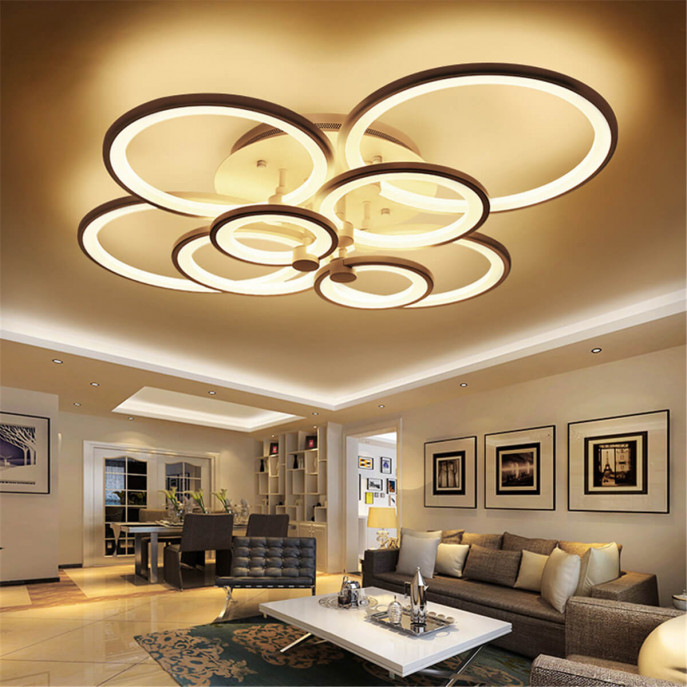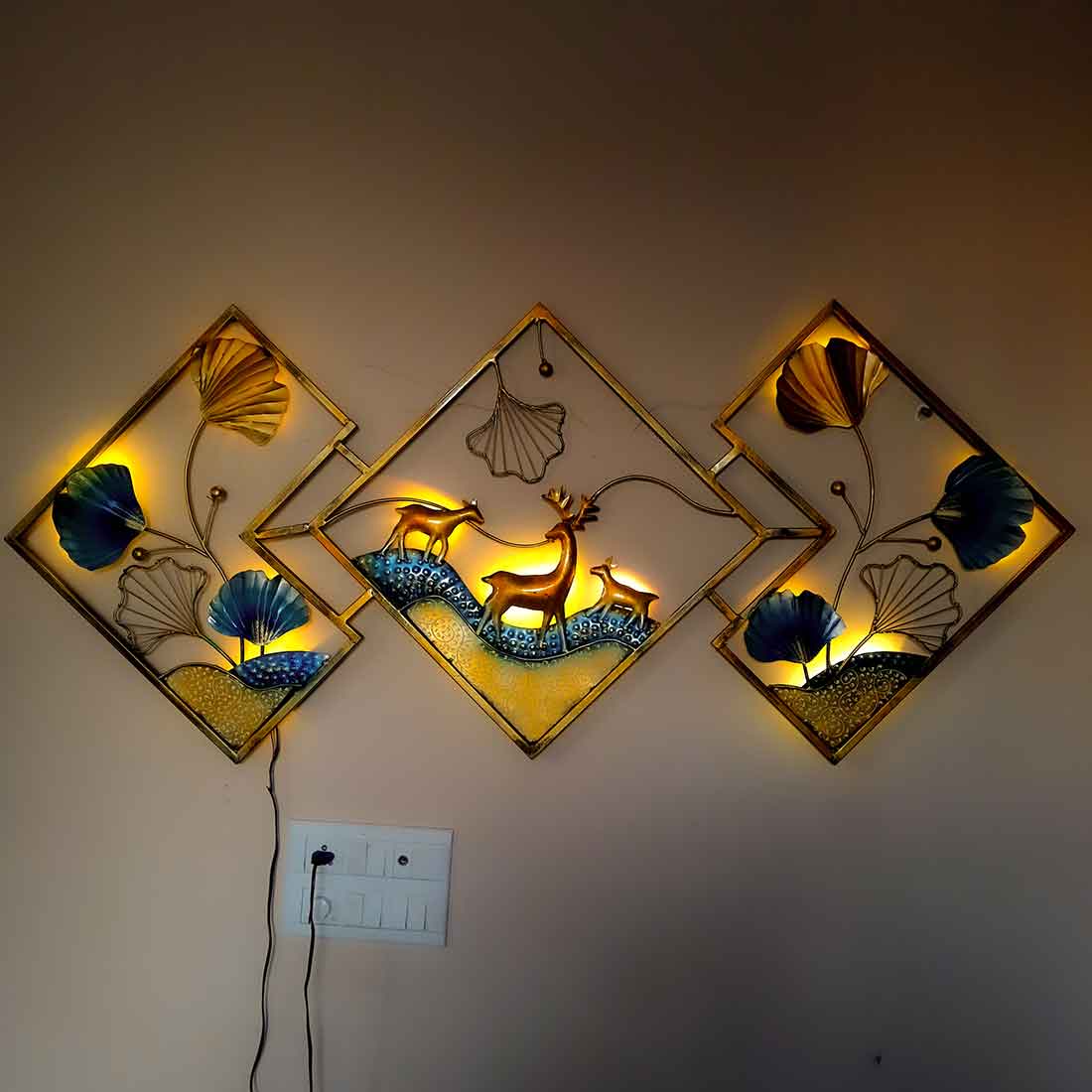LED lighting is not just a trend; it’s a revolution in home decor that’s both functional and aesthetic. Having experienced the transformation of my own living space with LED fixtures, I’m excited to share insights and practical tips for anyone looking to enhance their home decor with LED lighting.
What is Home Decor LED Lighting?
Home decor LED lighting refers to the use of light-emitting diode (LED) technology in lamps, fixtures, and other decorative lighting solutions designed to enhance the beauty and ambiance of a space. This technology is energy-efficient, cost-effective, and versatile, making it a popular choice among homeowners and designers alike.
Why Choose LED for Home Decor?
Choosing LED lighting for home decor comes with numerous benefits:
- Energy Efficiency: LEDs consume significantly less electricity than traditional incandescent bulbs.
- Longevity: Most LED bulbs last up to 25,000 hours, reducing the frequency of replacements.
- Variety: LEDs come in various colors, shapes, and sizes, making them adaptable for any decor style.
- Low Heat Emission: LEDs emit very little heat, making them safer and more comfortable for any space.
Types of LED Lighting for Home Decor
When it comes to home decor LED lighting, several types cater to different design needs:
1. LED Strip Lights
LED strip lights are flexible, self-adhesive strips that can be placed almost anywhere. They are perfect for accent lighting, under cabinets, or along shelves.
Pros and Cons of LED Strip Lights
| Pros | Cons |
|---|---|
| Flexible and versatile | Can be difficult to install if not properly matched with surfaces |
| Wide variety of colors and brightness | May require additional equipment for dimming |
2. LED Light Bulbs
LED light bulbs are suitable replacements for traditional incandescent bulbs. They come in various forms, including standard, decorative, and smart bulbs.
Pros and Cons of LED Bulbs
| Pros | Cons |
|---|---|
| Energy-efficient | Can be more expensive upfront than incandescent bulbs |
| Available in various shapes and types | Some may not work well with dimmer switches |

3. LED Wall Sconces
Wall sconces are excellent for adding a touch of elegance and style to your walls. They come in various designs, from modern to vintage.
4. LED Ceiling Lights
These fixtures provide general illumination for a room and can be a stylish focal point in any decor style.

5. LED Table and Floor Lamps
Table and floor lamps are perfect for creating cozy nooks and adding functional lighting to your living spaces.
6. Smart LED Lighting
Smart LEDs can be controlled via smartphone apps or voice, providing convenience and enhanced functionality.

Personal Experience: My LED Decor Journey
When I first transitioned to LED lighting in my home, I was amazed at the instant transformation. I replaced my traditional bulbs and added LED strip lights under my kitchen cabinets, which not only brightened up the space but also added a modern touch. My living room boasts LED wall sconces that provide warmth and elegance while being energy-efficient. This journey made me a firm believer in the power of LED lighting.
How to Choose the Right LED Lighting for Your Home
Selecting the right LED lighting can be daunting, but here are some tips to guide you:
1. Determine Your Needs
Consider the purpose of the lighting. Is it for ambiance, task lighting, or decoration? Understanding your needs will help narrow down your options.

2. Consider the Color Temperature
LED lights come in various color temperatures, usually measured in Kelvins (K). Here’s a quick guide:
- Warm White (2700K-3000K): Ideal for cozy spaces like living rooms and bedrooms.
- Cool White (4000K-5000K): Great for workspaces and kitchens to enhance focus.
- Daylight (5000K-6500K): Best for outdoor settings and areas needing bright illumination.
3. Check for Dimming Capabilities
If you want flexibility in lighting levels, ensure your LED fixtures are compatible with dimmer switches.

4. Evaluate Quality and Brand
Look for reputable brands that offer warranties and reliable customer service. Quality can greatly affect performance and longevity.
Installation Tips for LED Lighting
Installing LED lighting can be simple, but here are a few tips to ensure a successful setup:
1. Read the Instructions
Always read the manufacturer’s installation instructions to avoid any damage.

2. Gather Necessary Tools
Have tools ready such as screwdrivers, tape measures, and any additional equipment needed for installation.
3. Test Before Finalizing Installation
Before securing everything in place, test the lights to ensure they operate correctly.

Comparisons: LED vs. Traditional Lighting
| Feature | LED Lighting | Traditional Lighting |
|---|---|---|
| Energy Consumption | Low | High |
| Lifetime | 25,000 hours | 1,000 hours |
| Cost | Higher initial cost | Lower initial cost |
| Heat Emission | Low | High |
Frequently Asked Questions (FAQs)
1. Are LED lights worth the investment?
Yes! Although the upfront cost may be higher, the long-term savings on energy bills and the longevity of the bulbs make them a worthwhile investment.
2. Can LED lights cause eye strain?
While LED lights can be very bright and may contribute to eye strain in certain conditions, using them at appropriate brightness levels and adjusting color temperatures can help reduce discomfort.
3. What is the lifespan of LED lighting?
LED lights can last anywhere from 15,000 to 50,000 hours, depending on the quality of the product and usage conditions.
4. Are there smart LED options available?
Yes! Many brands offer smart LED lighting that allows you to control brightness, color, and scheduling via smartphone apps or voice assistants.
Conclusion: Illuminate Your Home with LED Decor
Home decor LED lighting is a fantastic way to elevate your living spaces. With its energy efficiency, long life, and diverse styles, it is no wonder that more homeowners are choosing LED options. Having transformed my own home with these innovative lights, I can confidently say that they will not only brighten your space but also enhance the overall aesthetic. So why wait? Start your LED lighting journey today!